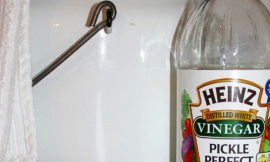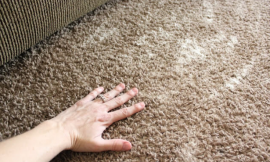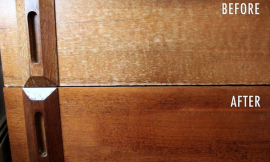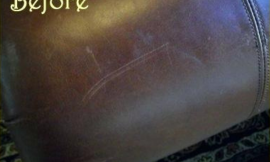
Did you know that a typical washing machine could be a breeding ground for mold? Yes, that’s right! Many homeowners are surprised to learn that their trusty laundry appliance can harbor hidden threats. In fact, a study found that nearly 70% of washing machines have mold in some form! In this article, we'll delve into the dangers of mold in your washing machine, exploring the health risks it poses, how to prevent its growth, and the best cleaning methods to ensure your machine stays fresh and safe. Let’s tackle this often-overlooked issue together!
What Causes Mold to Grow in Washing Machines?
Mold thrives in environments that are warm and humid, which is precisely what you find in your washing machine after a cycle. Those damp conditions create a perfect breeding ground for mold spores to multiply. But it’s not just the humidity; soap scum and detergent residues can also contribute to this growth. When these residues build up, they provide an ideal substrate for mold to flourish.
Another factor to consider is the impact of leaving wet clothes in the machine for too long. If you forget to transfer your laundry promptly, the residual moisture in the machine can encourage mold growth, turning your washing machine into a cozy home for unwanted fungi.
The Health Risks of Mold in Your Washing Machine
The presence of mold in your washing machine can pose several health risks, particularly concerning respiratory issues. Breathing in mold spores can lead to various complications, especially for individuals with asthma or other pre-existing respiratory conditions.
Additionally, mold can trigger allergic reactions in some people. Symptoms might include sneezing, coughing, skin rashes, and eye irritation. Those who are especially sensitive to mold are at a greater risk, including vulnerable populations such as children and the elderly. It’s crucial to be aware of these potential health risks and take preventive measures.
Signs Your Washing Machine May Have Mold
So how do you know if your washing machine is harboring mold? One of the most telling symptoms is the presence of unpleasant odors or a musty smell when you use the machine. If you notice this, it’s a red flag that something might be growing in there.
Another clear sign of mold is visible mold spots, especially around the rubber gasket or door seal, where moisture often accumulates. You might also observe residue buildup inside the detergent drawer or drum, which can indicate mold presence as well.
How to Clean Mold from Your Washing Machine
Cleaning mold from your washing machine doesn't have to be a daunting task. Here’s a step-by-step guide to effectively remove it:
- Mix a solution of equal parts white vinegar and water.
- Use this solution to wipe down the rubber gasket and door seal, ensuring you reach into all the crevices.
- Run a hot water cycle with the vinegar solution to clean the drum.
- For any stubborn mold, sprinkle baking soda into the drum and run another hot water cycle.
- After cleaning, leave the door open to allow the machine to air out and dry completely.
If you prefer commercial solutions, there are effective mold removers available in stores. Regular maintenance is key; cleaning your machine periodically will help prevent mold from coming back.
Preventing Future Mold Growth
To keep mold from returning, it’s essential to maintain a dry and ventilated environment in your washing machine. After each wash, make sure to leave the door open to air out any residual moisture.
Additionally, adjust your washing habits by avoiding overloading the machine and promptly removing clothes once the cycle is complete. Incorporating regular deep cleans and maintenance into your laundry routine will make a significant difference in preventing future mold growth. Being proactive will help ensure that your washing machine remains a clean and safe appliance for your home.
Conclusion
In conclusion, while mold in your washing machine can pose serious health risks and lead to unpleasant odors, it is a manageable issue! By understanding the causes and implementing effective cleaning and prevention strategies, you can ensure that your washing machine remains a safe and sanitary tool for your laundry. Don't wait for mold to take over—start your cleaning routine today for a fresher, healthier wash every time!







